This article on Cavalier King Charles Spaniels is part of a series to highlight the Big Picture of health, welfare, and breeding and to help develop Globally Relevant Integrated Health Profiles (GRIHPs) for many breeds. See IPFD's Get a GRIHP! on Breed Health Initiative
This is a 'living document' - so if anyone has more material to share or point us to - please let us know!
Photo courtesy: Alexa / Pixabay

The Cavalier King Charles Spaniel at a Glance
The Cavalier King Charles Spaniel simply loves to be with people. As a breed, their temperament is gentle and never aggressive in any way. They are also fun-loving dogs that adore nothing more than to go out for a good walk and then go indoors and curl up on a comfortable lap or armchair. They love their comforts and will go to great lengths to manipulate you to be allowed to sit on the best furniture! (The Cavalier King Charles Spaniel Club, UK)

Photo courtesy: KnipsKaline / Pixabay
What Do Caretakers Need to Know?
Cavaliers are very intelligent and learn quickly. They are also very good at teaching their humans to feed them often enough… Many Cavaliers get fat; this is because they do have the most demanding eyes. Too much weight is very bad for the dog, especially as the breed is prone to heart disease already at a young age.
Cavaliers are brachycephalic, but they should have a relatively long muzzle. Brachycephaly may lead to breathing problems, impaired body temperature regulation and sore eyes/excessive tearing, among other problems. Due to the brachycephalic skull shape, Cavaliers are also prone to Chiari-like malformation and syringomyelia.
In Norway, breeding of purebred Cavaliers is forbidden due to their widespread, severe health problems and small gene pool. Nordic kennel clubs have started crossbreeding programs to increase genetic variation and allow breeding for better health of the breed.
It is very important to go to a good breeder who doesn’t use very young dogs for breeding and gets the breeding dogs screened regularly. It is also very important to inform the breeder and the national breed club about the health problems in your own dog. This information can be used to breed healthier dogs.
Key Hereditary Health Conditions
Physical Exaggerations – Instructions for Conformation Judges
Breed-Specific Instructions of the Nordic Kennel Union
FCI GROUP 9 – Companion and Toy Dogs
Excerpts:
“The brachycephalic head is part of the breed type in Boston Terriers, French Bulldogs, the Griffon breeds, Japanese Chin, King Charles Spaniels, Pugs, Pekingese and Shih-Tzus. This may give rise to breathing problems and impaired body temperature regulation. Narrow respiratory channels with restrained breathing and pinched nostrils are serious problems which must be noted. Several of the breeds have protruding eyes in shallow eye sockets disposing for eye injuries.”
“A deviant pattern of movement in some breeds with frantic scratching behavior and signs of unmotivated pain when on leash may indicate a serious neurological disorder, syringomyelia. Powerless shuffling movement can be seen in toy breeds as an effect of unsound living conditions causing poor muscles. “
-
Head: Overly short muzzle, exaggerated stop, as well as very short, rounded skull (which may lead to serious neurological problems).
-
Breathing problems: Forced breathing, with pronounced snoring sounds due to short muzzle, and/or narrow respiratory channels
-
Eyes: Prominent eyes increase the risk for injuries. Profuse flow of tears.
-
Movement: A specific deviant pattern of movement with a frantic scratching behaviour and signs of unmotivated pain when on leash, may indicate a serious neurological disorder.
The wording of the standard explicitly warns for a brachycephalic tendency: “Head, cranial region: Skull: Almost at between ears. Stop: Shallow.” A longer skull shape is desirable. The muzzle should harmonize with the length of the skull. The eyes shall be “Large, dark, round but not prominent; spaced well apart”.
Read more here >>
Breed Watch UK
Points of concern for special attention by judges:
1. Sore eyes or excessive tearing
2. Unsound movement
3. Weak hindquarters
Read more here >>
Statistics (Morbidity and Mortality)
Agria - Swedish Breed Profiles
We recommend that you download the Agria Breed Profiles for the Cavalier and study them for full available information. Some excerpts are shown below.
Download Profiles for 2006 – 2011 | Download Profiles for 2011 – 2016 | Download Profiles for 2016 – 2021
(Access is free, but sign-in to DogWellNet is required).
The great benefits of the Swedish Insurance Data are that they include almost 40% of the national population of dogs, and so are very representative. Note that animals at very old ages are likely under-represented. Most importantly, information is available on all insured dogs, not simply those who get sick or die.
Extracts from Veterinary Care Events - MORBIDITY
Relative Risk Morbidity of Cavaliers compared to All Breeds (Chart 1): 1.16 (The risk in the breed is larger than for All Breeds).
Most frequent general causes (Chart 3): digestive, heart, skin, eyes, locomotor.
Heart: more than 7x the risk in All Breeds.
Most frequent specific causes (Chart 5): vomiting/diarrhea/gastroenteritis, cardiomyopathy/endocardosis, anal/perianal, otitis, teeth.
Cardiomyopathy/endocardosis: 10x the risk of All Breeds, anal/perianal 5x.
Also many other frequent specific causes regarding heart (symptom of heart failure, murmur, infarct, symptom of enlarged heart, endo-/myocarditis, heart unspecified/various, heart vessel defect).
Locomotor (Chart 10): spinal – Cavaliers have 1.8 times the risk in All Breeds.
More Info
Extracts from Agria Breed Profile (Life) - MORTALITY
Median Age (years) at death: 7.2, which is higher than in All Breeds (6.9).
Relative Risk Mortality of Cavaliers compared to All Breeds (Chart 1): 1.28. (The risk in the breed is larger than for All Breeds).
Most frequent general causes of death (Chart 3): heart, neurological, digestive, locomotor, neoplasia.
Heart: 8x the risk in All Breeds, neurological >2x.
Most frequent specific causes of death (Chart 5): cardiomyopathy/endocardosis, symptom of heart failure, neurologic (unspecified/various), spinal cord (unspecified/various), pyometra, breathing problem, vomiting/dhiarrea/gastroenteritis, heart (unspecified/various).
Cardiomyopathy/endocardosis: 12x the risk in All Breeds, spinal cord >10x, heart failure >8x, breathing problem >4x, neurologic >3x, pyometra 2x
More Info
Finland: Mortality Data 2014-2024
The average life expectancy of cavaliers according to Finnish statistics is 9 years and 11 months.
The most common specified causes of death are
-
heart disease (10 years 2 months),
-
old age (12 y 10 mo),
-
tumor/cancer (10 y 3 mo), and
-
urinary disorder (8 y 5 mo).

Source: Finnish Kennel Club breeding database
Life Expectancy
-
US: 12-15 years - See AKC
-
UK: Over 12 years - See UK KC
-
Teng et al. 2022: Life tables of annual life expectancy and mortality for companion dogs in the United Kingdom - over 10 years.
DNA Tests – Harmonization of Genetic Testing for Dogs
 The Harmonization of Genetic Testing for Dogs (HGTD) is a large collaboration project run by the IPFD. The HGTD includes 82 academic and commercial genetic test providers (GTPs) in 26 countries.
The Harmonization of Genetic Testing for Dogs (HGTD) is a large collaboration project run by the IPFD. The HGTD includes 82 academic and commercial genetic test providers (GTPs) in 26 countries.
Our searchable database currently holds information on 300+ conditions/traits across all breeds/types.
Breed Relevance Rating (BRR) indicates the level of available evidence supporting the application of a specific genetic test for a specific breed/type:
 Some, moderate or strong evidence from available research. The test may be meaningful or recommended for this breed.
Some, moderate or strong evidence from available research. The test may be meaningful or recommended for this breed.
 Currently no evidence of relevance for the use of this test in this breed, or the test is not known in this breed. This rating should be expected to change as evidence becomes available.
Currently no evidence of relevance for the use of this test in this breed, or the test is not known in this breed. This rating should be expected to change as evidence becomes available.
 All current available evidence has been reviewed, but relevance is inconclusive, and/or the clinical form of the disease has never been seen in this breed.
All current available evidence has been reviewed, but relevance is inconclusive, and/or the clinical form of the disease has never been seen in this breed.
 All current evidence indicates that the test is not meaningful or recommended in this breed.
All current evidence indicates that the test is not meaningful or recommended in this breed.
More information on the HGTD project in this link.
See the HGTD – DNA tests for the Cavalier here
Summary:
Breeding of Cavaliers requires a complex balance between genetic test information, and a number of clinical/physical assessments - especially heart, neurological, and eye conditions. These complex diseases are often a priority for Cavalier breeders. Therefore, it is especially important for breeding plans that use genetic tests to include carrier tested dogs where appropriate to not reduce the number of low-risk and healthy available dogs for breeding.
Like many dogs, eye diseases are not uncommon, so utilizing a combination of genetic and clinical tests before breeding, and clinical assessment at a mid- and late- stage in life is beneficial both for the breed and the individual dog. Dry eye and curly coat syndrome (CKCSID) may be unique to Cavalier King Charles Spaniels. Dry eye and curly coat syndrome affects a dog's eyes and skin. Affected dogs produce no tears making their eyes incredibly sore and skin becomes very flaky and dry, particularly around the foot, making standing and walking difficult and painful. Sadly, most dogs diagnosed with the condition are put to sleep. However, with effective use of the available DNA test, many populations of Cavaliers have been able to dramatically reduce or eliminate this condition within breed/kennel club breeding populations.
Some of the genetic tests available to CKCS are multifactorial and/or of complex inheritance. Specific recommendations may be made if the test is used as a pre-breeding screening. There is also ongoing research for many of the complex disease tests. More information, Key Comments, and application/use of test recommendations are being updated as new information becomes available.
Currently, breed-associated disease tests with evidence of relevance include:
-
Asymptomatic Macrothrombocytopenia
-
Chondrodysplasia (CDPA)
-
Chondrodystrophy (CDDY and IVDD)
-
Curly Coat Dry Eye (CKCSID)
-
Degenerative Myelopathy (DM) - see note below
-
Episodic Falling
-
Medium-Chain Acyl-CoA Dehydrogenase (MCAD) Deficiency (please refer to HGTD for more information)
-
Muscular Dystrophy (Duchenne-type, DMD) GRMD
-
Myxomatous Mitral Valve Disease (MMVD)
-
Xanthinuria, Type 2b
In addition, there are several tests available to Cavalier that may be important but do not currently have breed-specific associated research, or may be important to breeders in terms of other traits such as coat colour, length, or patterns.
Note on DM: DM is both clinically rare and of complex inheritance. In many breeds the test is considered poorly correlated with risk for development of DM, and recommendations are to not use the test for breed-wide breeding strategies even where there is some evidence of the presence of DM in the breed. Indeed, DM genetic testing is considered most beneficial as a support to diagnosis. While the SOD 1 variant may be commonly found across many breeds, there are few clinical cases observed and confirmed, and in many cases DM has never been observed in the breeds.
It is important to note that there are other genetic tests for both diseases and traits that may be relevant to the breed, but either do not currently have breed-specific research or are under investigation. It is also important to note that the tests that are relevant for the breed can change over time, and different populations will have different priorities for concerns.
♦ BIG PICTURE THINKING ♦ Please take into consideration - Most of the conditions with genetic tests are rare in the general population, but valuable for breeders to use to efficiently reduce risks while supporting good genetic diversity in the breed as a whole. Also be aware that there are many DNA tests that are available for ALL breeds, that while the test itself is valid, the condition may not be a major health concern or included in health strategies for every breed. See the HGTD for a full list of DNA tests including "Trait" and "Parentage" tests.
There are a number of tests available, particularly tests for traits such as coat color, or health issues that are available to all dog and may be important to specific breeding lines or breeding goals. We welcome contributions from breed experts and researchers to help us keep our information up to date. Email us at info@ipdfogs.com
Health Screening Summary - By Country
(Source: Breeding Strategies, see below)
R1-Mandatory for registration
R2-Recommended
R3-Recognized
Note: Please let us know if there have been changes to the health screening requirements in your country, so we can update our data.
|
Condition/ Trait
|
UK
|
SWE
|
FI*
|
FR
|
GE
|
IT
|
NL
|
NO
|
US
|
|
Cardiac disease
|
R2
|
R1
|
R1
|
R2
|
R2
|
R3
|
R1
|
R2
|
R2
|
|
Max N of offspring**
|
|
R1
|
|
|
|
|
|
|
|
|
Eye disease
|
R2
|
R2
|
R1
|
R2
|
R3
|
R2
|
|
R2
|
R2
|
|
DNA: episodic falling
|
R2
|
R2
|
R2
|
R2
|
R2
|
|
|
|
R3
|
|
Neurological disease***
|
R2
|
R2
|
R2
|
R2
|
R3
|
R3
|
R1
|
R1
|
R3
|
|
DNA: curly coat/dry eye
|
R2
|
|
R2
|
R2
|
R2
|
|
|
|
R3
|
|
Hip dysplasia
|
|
|
|
|
|
|
|
|
R2
|
|
Patella luxation
|
|
R2
|
R1
|
|
R2
|
R2
|
R2
|
R2
|
R2
|
|
Ear: PSOM****
|
|
|
R2
|
|
R3
|
|
|
|
R3
|
*Finland recognises also eosinophilic granuloma, soft palate, BOAS, hydrocephalus, anal gland issues, pancreatic insufficiency, thyroid disorders, and congenital deafness.
**Sweden has offspring limitation for males concerning heart auscultations. Males with 5 litters under 6 yrs age need a new official heart auscultation statement.
***Chiari-like malformation and syringomyelia; epilepsy
****PSOM = Primary secretory otitis media or “glue ear.”
Note: The table above provides some of the most common health screening information from clubs in the countries listed. See the individual club websites for the most recent and accurate information on health management in the Cavalier breed.
Breeding Strategies and Health Screening Statistics

Photo courtesy: MAGAKDesign / Pixabay
UK
Scandinavian countries
Breeding strategies:
Percent healthy of the examined dogs:
-
Hip dysplasia: Finland 48 %,Sweden 26 % (39 dogs), Norway 24 % (55 dogs)
-
Eye disease: Finland 61 %, Sweden 78 %, Norway 50 %
-
Cardiac murmur: Finland 94 %, Sweden 92 %
-
Patella luxation - Finland 91 %, Sweden 93 %
-
Norwegian cardiac murmur and patella examinations with a grade 'healthy' can be found here.
France
Germany
Health information/requirements by the breed clubs:
Italy
The Netherlands
US (Breed Club and OFA)
OFA Statistics - % healthy of the examined dogs:
-
Cardiac disease: basic 99 %; advanced 83 %
-
Hip dysplasia: 83 %
-
Elbow dysplasia: 98 %
-
Eye diseases: 94 %
-
Patella luxation: 98 %
Information from international Facebook groups
McAdd in the Cavalier King Charles Spaniel
544 dogs with a known status:
-
34 Rescue and welfare of which 4 are affected, 3 symtomatic, 17 carriers, 13 clears.
-
Registered dogs from 20 different countries, 510 with a known status: 51 affected of which 6 show clinical symptoms. 242 carriers of which 69 are genetic (by virtue of progeny), 217 clears of which 17 are genetic (both parents tested clear).
MMVD in the Cavalier
NEBL3 gene status at the end of August 2024: 126 dogs found/bred/. Australia 43, Czech Republic 3, France 4, Germany 19, Netherlands 2, Poland 8, Slovakia 2, UK 37, USA 8. 14 different family groups found so far.
Crossbreeding Projects
To improve the health of the breed, three Nordic Kennel Clubs have started a crossbreeding project.
Cavaliers are also quite widely used in various breed mixes, but these are not the same as the official crossbreeding projects for health authorised by the kennel clubs.
Crossbreeding project Sweden (in Swedish)
-
Breeds involved: Lhasa Apso, Japanese Spitz, Danish-Swedish Farmdog
-
The first crossbred litter was born in November 2023.
Crossbreeding project Finland (in Finnish)
-
Crossbreeding statement of the breed club 2022 (in English)
-
Breeds involved: Beagle, Kooikerhondje, English Cockerspaniel, Danish-Swedish Farmdog, Papillon, Phalene, Toy Poodle
-
The first crossbred litter was born in August 2023.
Crossbreeding project Norway (in Norwegian)
-
Breeds involved: Kleinspitz, Danish-Swedish Farmdog, Lhasa Apso, Tibetan Spaniel, Miniature American Shepherd
-
The project started in February 2024.
Recent Health Research
Pedersen, T.R., Bach, M.B.T., Stougaard, C.L. et al. Clinical predictors of syringomyelia in Cavalier King Charles Spaniels with chiari-like malformation based on owners’ observations. Acta Vet Scand 66, 5 (2024). https://doi.org/10.1186/s13028-024-00725-1.
"Following clinical signs were reported significantly more frequent in dogs with a large syrinx: phantom scratching, bilateral scratching of the neck or shoulder, aversion when that area is touched, or exacerbation of clinical signs when the dog is emotionally aroused."
Mead SE, Beijerink NJ, O’Brien M, Wade CM. Genetic Variants at the Nebulette Locus Are Associated with Myxomatous Mitral Valve Disease Severity in Cavalier King Charles Spaniels. Genes. 2022; 13(12):2292. https://doi.org/10.3390/genes13122292.
"Our analysis suggests that despite relative fixation of the NEBL risk alleles, healthy reference alleles at NEBL1-3 exist in low frequency in the CKCS breed and can be used to reduce MMVD severity and mortality."
Christen M, Bongers J, Mathis D, Jagannathan V, Quintana RG, Leeb T. ACADM Frameshift Variant in Cavalier King Charles Spaniels with Medium-Chain Acyl-CoA Dehydrogenase Deficiency. Genes. 2022; 13(10):1847. https://doi.org/10.3390/genes13101847.
"Based on available clinical and biochemical data together with current knowledge in humans, we propose the ACADM frameshift variant as causative variant for the MCAD deficiency with likely contribution to the neurological phenotype in the index case. Testing the CKCS breeding population for the identified ACADM variant is recommended to prevent the unintentional breeding of dogs with MCAD deficiency."
Bagardi M, Bionda A, Locatelli C, Cortellari M, Frattini S, Negro A, Crepaldi P, Brambilla PG. Echocardiographic Evaluation of the Mitral Valve in Cavalier King Charles Spaniels. Animals (Basel). 2020 Aug 19;10(9):1454. doi: 10.3390/ani10091454.
"Since many CKCS with MMVD have no murmur and their mitral valve has peculiarities, a specifically designed echocardiographic screening should be realized. In addition, different aged B1 dogs have different echocardiographic patterns that may imply different genetic and prognostic profiles."
Bionda A, Cortellari M, Bagardi M, Frattini S, Negro A, Locatelli C, Brambilla PG, Crepaldi P. A Genomic Study of Myxomatous Mitral Valve Disease in Cavalier King Charles Spaniels. Animals (Basel). 2020 Oct 16;10(10):1895. doi: 10.3390/ani10101895.
"We perform three complementary genomic analyses that have never been used for investigating this pathology to identify 10 genes differentiating the genomes of the two groups. After examining these genes, we conclude that HEPACAM2, CDK6, and FAH (which are also related to transforming growth factor β (TGF-β) pathway, probably associated with the development of the disease) are the ones that are most likely involved in the pathogenesis of myxomatous mitral valve disease."

Photo coutresy: MAGAKDesign / Pixabay
References and Resources
Breed Clubs
UK - The Cavalier King Charles Spaniel Club
Finland – Suomen Cavalier King Charlesinspanieliyhdistys ry
France - King Charles et Cavalier King Charles Club des Epagneuls Nains Anglais
Germany - Internationaler Club für Cavalier King Charles Spaniel e.V.
Germany - Verband Deutscher Kleinhundezüchter e.V.
Germany - Cavalier-King-Charles-Spaniel Club Deutschland e.V.
Italy - Club Cani Compagnia
Netherlands - Cavalier Club Nederland
Netherlands - Eerste Gezelschapshonden Club Nederland
Norway - Norsk Cavalierklubb
Sweden - Cavaliersällskapet
US - American Cavalier King Charles Spaniel Club, Inc.
Other health-related links
Voluntary list of MRI scanned (an examination regarding syringomyelia) Cavaliers. In August 2024, the list includes 1456 scanned Cavaliers from all over the world.
Cavalier Health Website - an educational public service by the Cavalier Health Fund
A Dutch site Cavalier King Charles Spaniël Wereld
IPFD/DogWellNet Resources for the Cavalier
 Donate
Donate
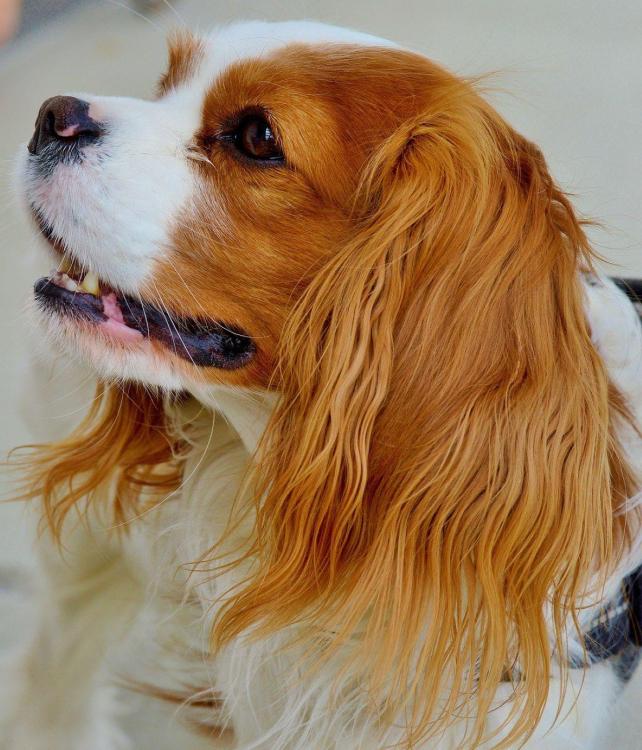
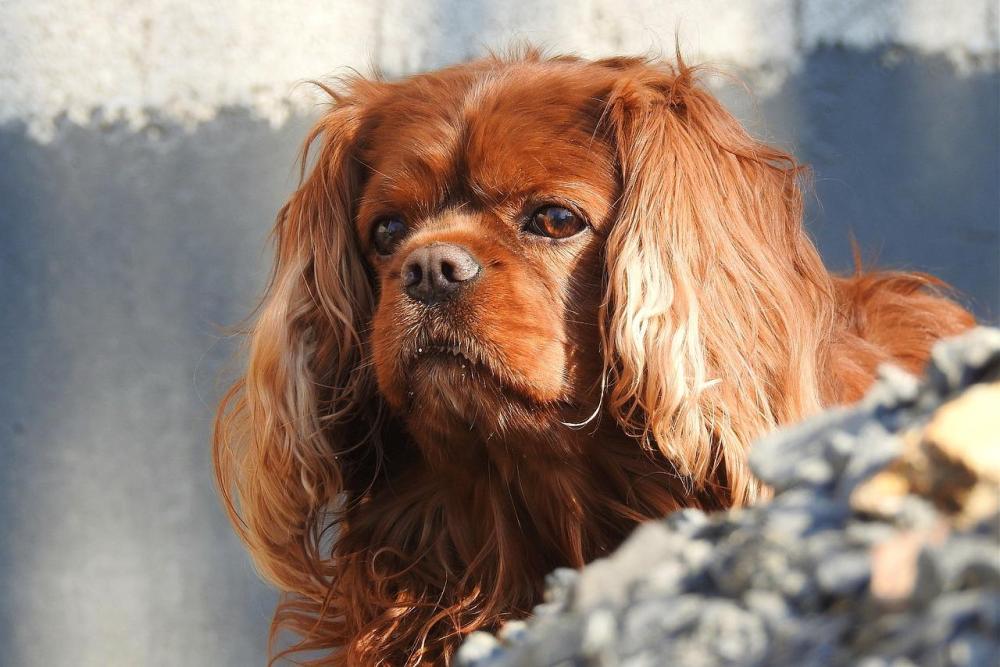
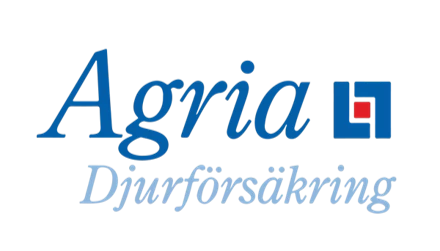

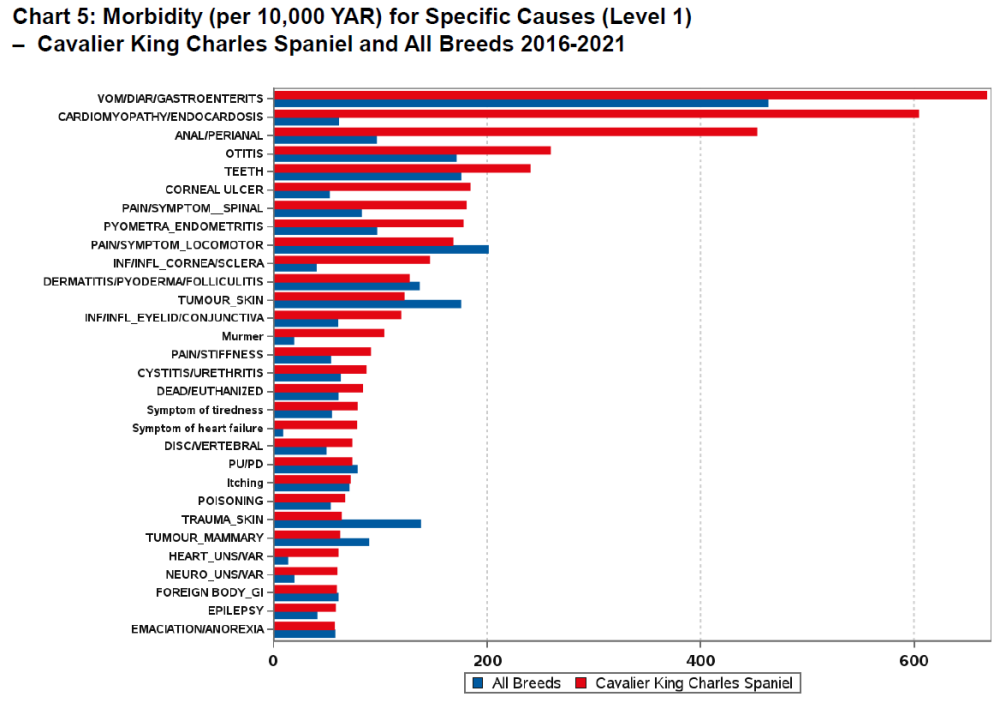
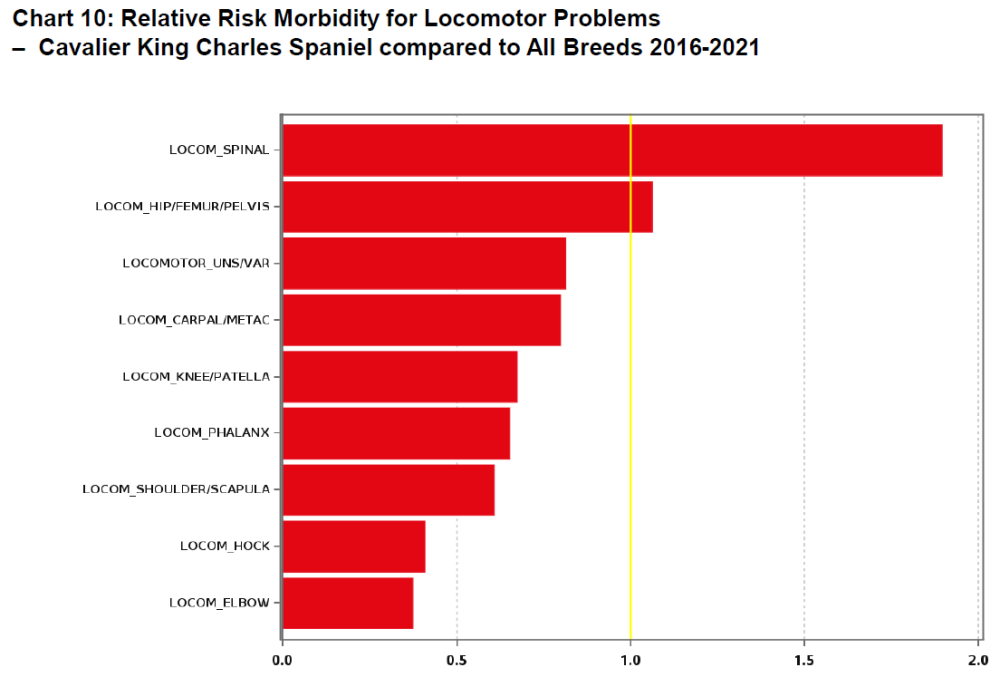
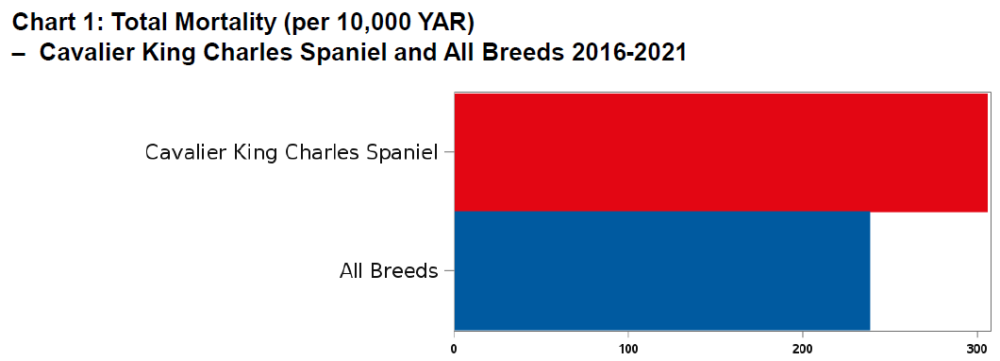
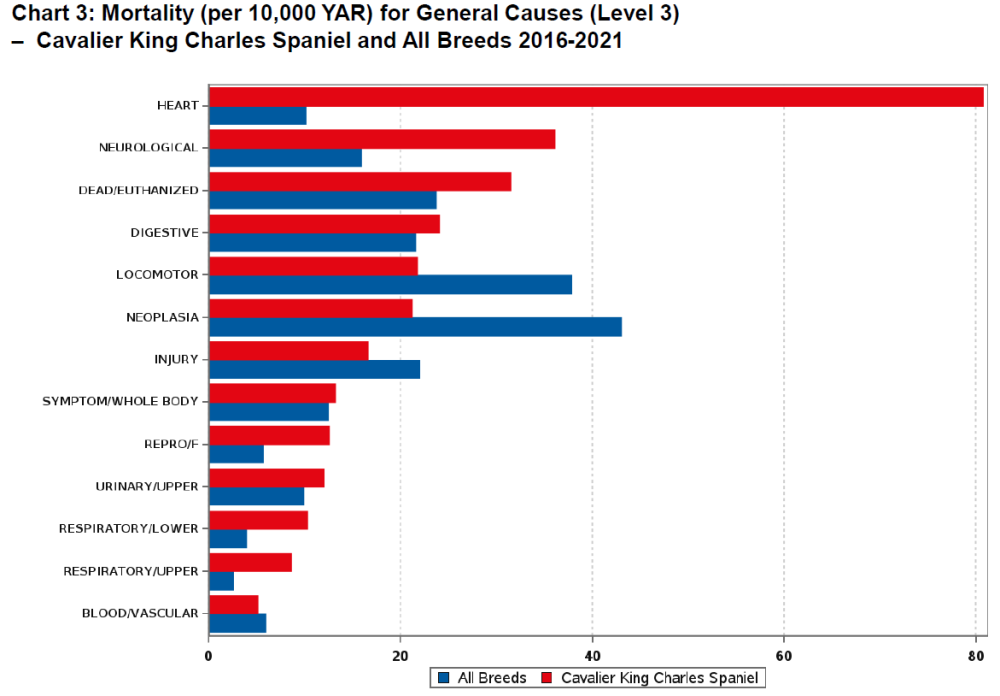
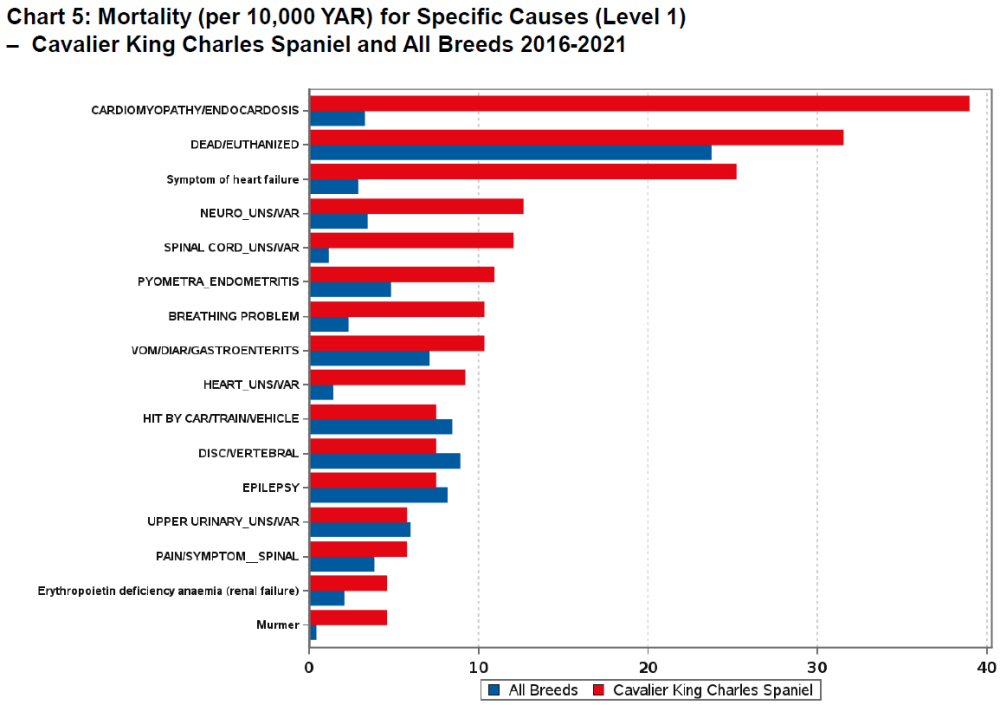
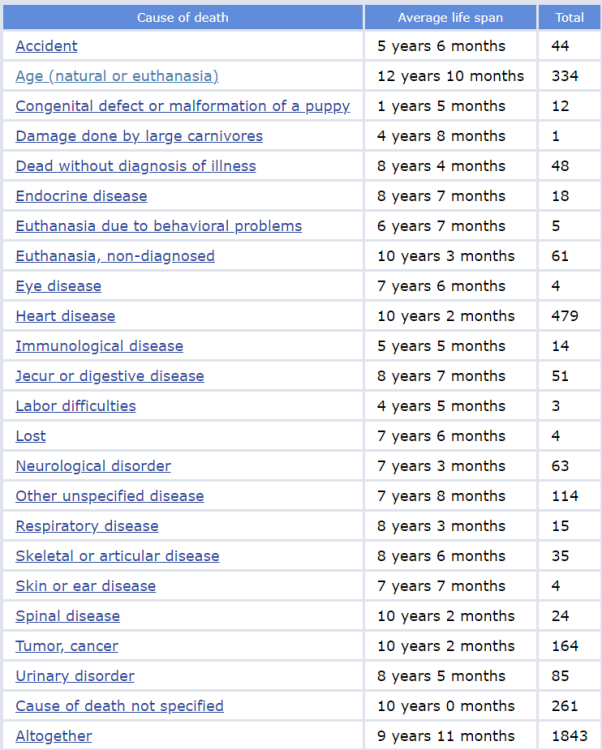

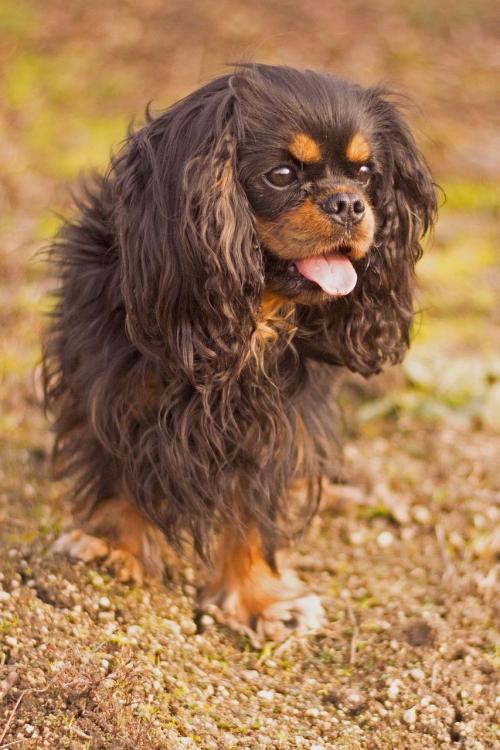
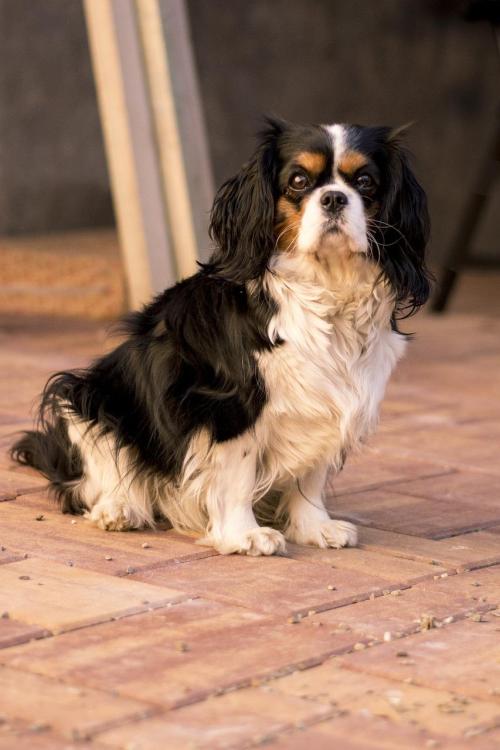
Recommended Comments
There are no comments to display.
Join the conversation
You can post now and register later. If you have an account, sign in now to post with your account.
Note: Your post will require moderator approval before it will be visible.